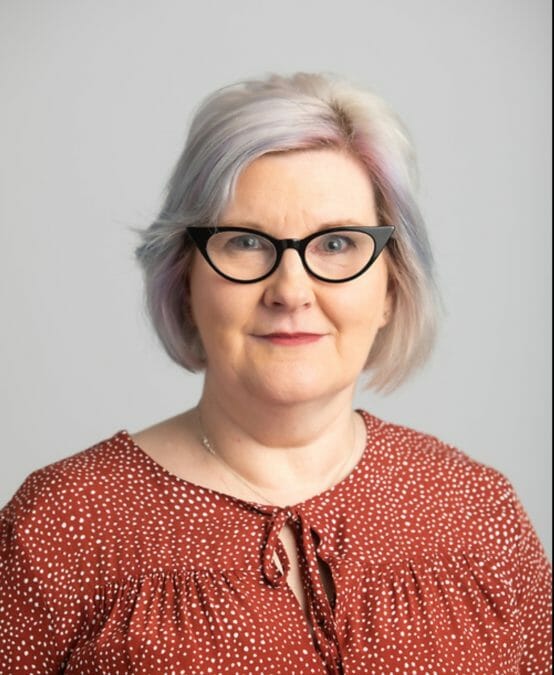HSBC technology leader Kathleen will be moderating a session on the rebrand of digital transformation, during the upcoming WIT Europe Summit on the 15th September.
Taking place at 10:25 BST, the session will explore the lessons that the pandemic has taught businesses, how to digitise and make rapid decisions, and how to manage the risks of smaller timelines.
If you would like to register for the event, please click here. Registration for the virtual summit is free of charge.
We know there’s still a problem with a lack of diversity within IT. Why do you think that is?
Kathleen: I think there are a wide range of reasons for poor gender diversity within IT. I think it goes right back to the fact that girls are told that maths and science are not for them, so they don’t tend to come through with a strong enough background in STEM.
STEM A-Level results show encouraging signs for prospective talent
Then, when you get to the recruitment phase, jobs are very much viewed as gendered, and while areas like marketing and communications are viewed as being great for women, technology isn’t, and I think it’s a real shame because we suffer from this badly in tech. There’s a perception that you have to be a maths geek to be a successful technology leader, and this has held us back enormously.
I think those organisations that have harnessed a wider range of skills that are traditionally viewed as more feminine characteristics, such as creativity and communication, are really showing the benefits that a diverse technology can bring.
As a woman in IT, how have you gone about promoting diversity within the workplace?
Kathleen: I’m a natural hirer of women, not because I’m a woman, but because when you start to build teams, particularly within large organisations like mine, this is the easiest way to get untapped potential.
I’ve found this to be the case not just in tech, but in a number of areas of financial services, where women don’t tend to promote themselves as heavily as the men, and if you’re looking for real talent, looking at that next layer down can often yield some fantastic people with great potential, who just haven’t been encouraged to step up.
I’m sure lots of people will know the statistic that shows that when men look at a job advert, they will look for a 50% match, whereas women tend to look for an 80% match. By looking at those people who are in that 50-80% bracket, you can often bring out lots of new talent, and really energise teams.
RingCentral’s CIO discusses her journey in tech on International Women’s Day
Could you please expand on what the session that you’ll be moderating during the WIT Europe Virtual Summit will be covering?
Kathleen: The session I’m moderating is around digitisation, the drive to digital business, and how Covid has impacted that. I think this will be a very interesting point in time that we’ll look back on in a few years’ time and say ‘Where did digital business really become mainstream?’. I think we’re going to look at 2020.
I’ve been involved in digitisation initiatives of some kind since around the late 1990’s. I once had a dot.com job when this whole ‘Internet’ thing was new and exciting, and whereas we’ve seen ecommerce take off , such as Amazon with the success story it has, digitisation as a part of core business operations is still slow.
The fact that people can no longer depend on bricks and mortar operations has forced companies to look at things which have been secondary in their business plan up to now.
How to implement AI and advanced analytics, and observe the technologies’ transformational impact
For example, in my industry, many areas of financial services have continued to cling on to paper forms, because there was a view that regulators would need physical signatures on contracts. Where people can’t meet face-to-face to do that, we’ve been forced to think differently around this, and look at how we innovate in that space.
This has meant bringing the regulators with us, to look more at how we improve customer experience, continue to find ways to do business through this space.







